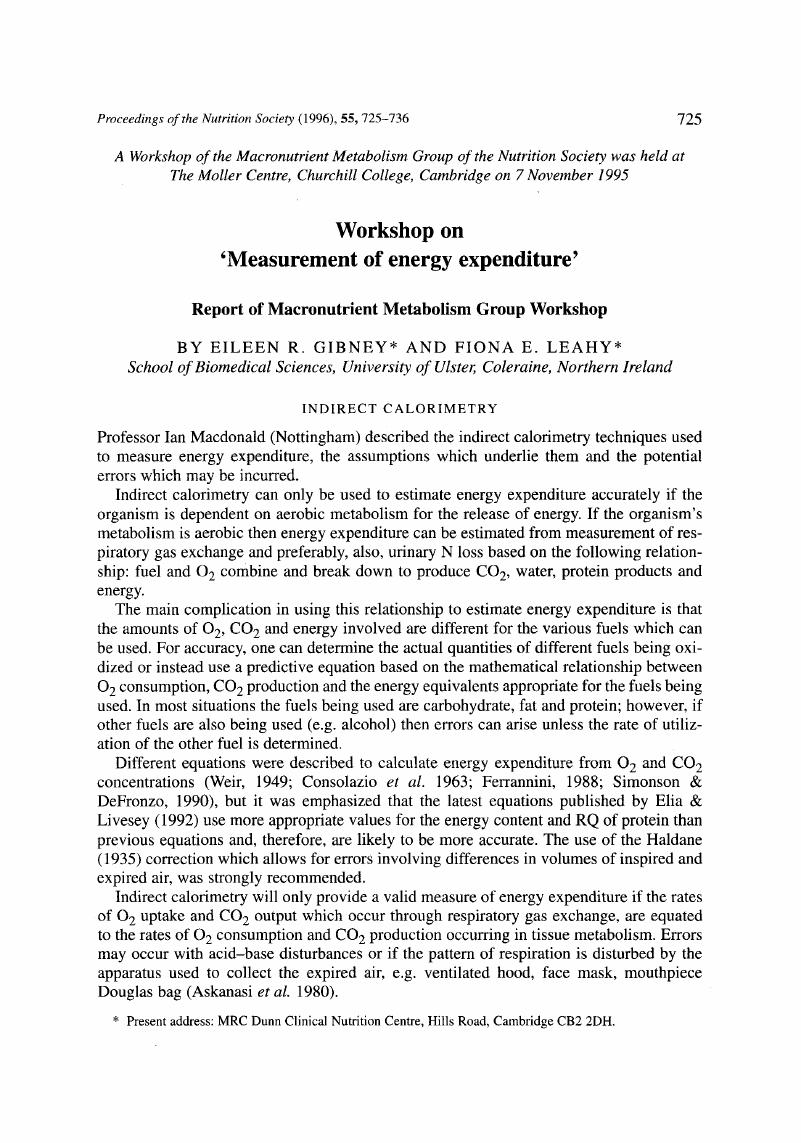Crossref Citations
This article has been cited by the following publications. This list is generated based on data provided by Crossref.
Fares, Samira
Miller, Michelle D.
Masters, Stacey
and
Crotty, Maria
2008.
Measuring Energy Expenditure in Community-Dwelling Older Adults: Are Portable Methods Valid and Acceptable?.
Journal of the American Dietetic Association,
Vol. 108,
Issue. 3,
p.
544.



